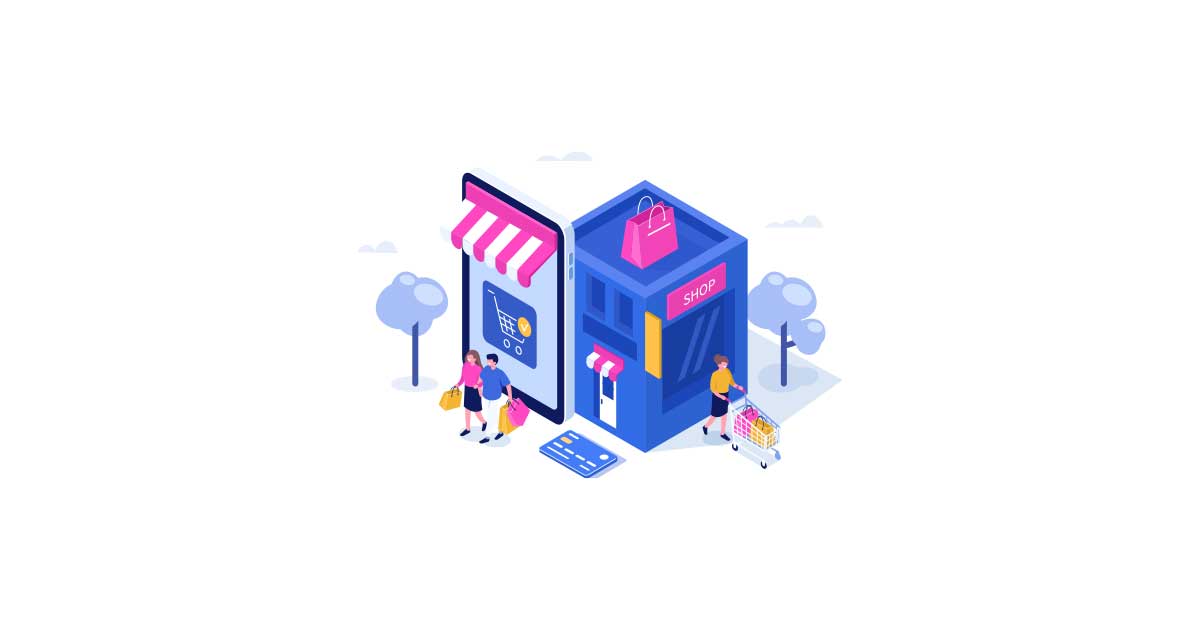
Digital Brands and Behavior Psychology
July 13, 2021 - Solution

July 13, 2021 - Solution
Are you feeling overwhelmed with the latest trends, patterns, and constantly trying to find ways to connect with your consumers in the digital world?
You are definitely not alone, did you know there are over 7 million online retail shops and that number is only on the rise. With competition high, and options limitless how do you get seen and build lasting relationships? In an age of endless information and rapidly changing technology, it can be daunting to know how to help your brand stand out online. When you don’t have limitless resources and funding it can be difficult to keep up. We have discovered the most effective area to focus on when establishing a lasting online presence with your customers is the deep down nitty-gritty of your brand psychology. Understanding the basic psychology of your consumers will provide you with tools to enhance your brand on a cheaper, more effective level. This knowledge will help you feel more confident in your brand, dig deeper into what makes you stand out and how to get there.
Whether you have an established brand, or you are working on building a new brand, there are a few things you should consider before launching your online presence to ensure success. Digital trends and technologies will continue to develop at breakneck speed, so what are the other areas that can help to ensure the success of your brand?
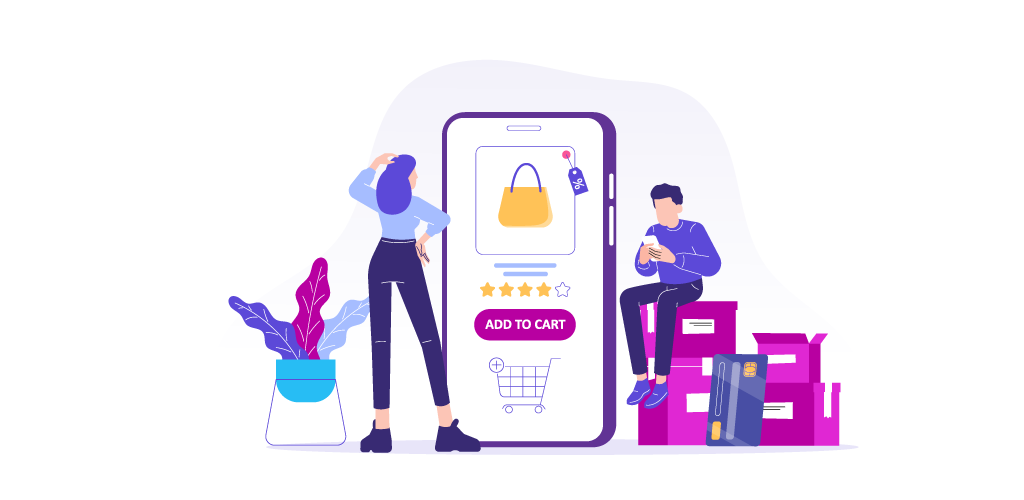
We have put together a shortlist of psychologies to help you understand the behavior of where you are positioned, who is playing in your space, and where to focus your efforts during the building process.
Countless books have been written on the subject of branding and branding psychology – we’d be remiss to say that we could cover the entire topic in just one post. Below we outline the four components we believe you need to focus on and will be going in-depth to each of them in subsequent posts.
Want to continue the journey? Look for the next topic in the series next month, or sign up for our newsletter to get the latest updates.
In this first article, we will be specifically taking a look at the principles around audience behavior.
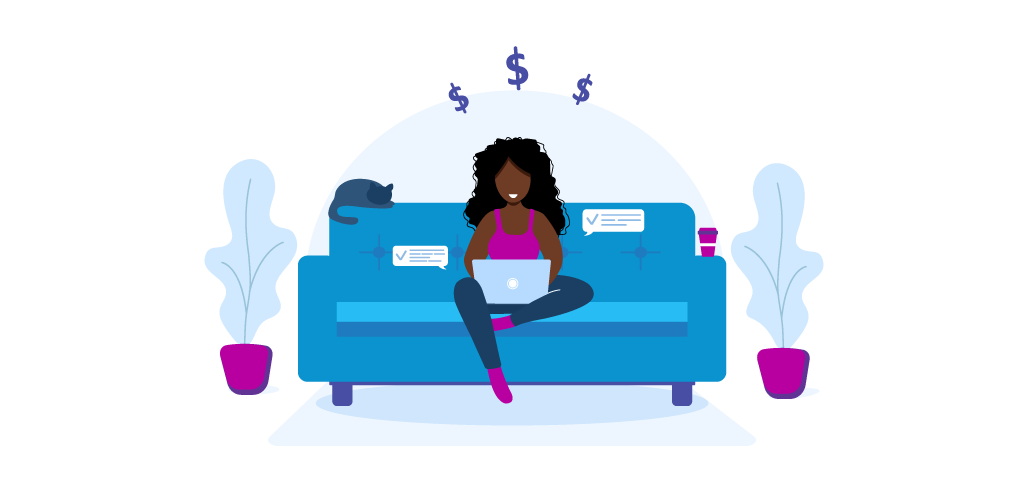
First, you need to understand who your customers are and what sort of behaviors they have. There are many differences between physical (in-person) interactions/behaviors and digital interactions/behaviors. As we are evolving into an increasingly digital age, physical interactions becoming more obsolete.
When interacting online you don’t naturally experience the full human behavior of a customer that you would experience in a physical in-person setting. Online interactions between brands and customers can often become diluted. In-person you have countless access to people’s nonverbal cues, facial expressions, tone of voice, appearance, body language, etc. In a digital setting, those are stripped away, which can leave the customer feeling disconnected from the full brand experience – causing them to bounce at a rapid rate, and only discovering and connecting based on their personal needs/wants as there’s no reaction to a natural give and take that would occur in a physical setting (i.e. to interact when “spoken” to).
Most businesses start by putting all their focus on how to get the visitors to the door, through the door, and keeping them coming back for more – solely based on digital performance data. But what if we start to consider the digital space as we would the more traditional physical space? Would you be shouting at customers to come to buy in extreme ways? Or would you find confidence in your performance as a sales clerk and guide them with expertise?
Building a strong foundation for your online brand or business starts with understanding the psychology of your consumers and will provide you with the confidence to communicate what your brand stands for more effectively. The goal is to look at every aspect of the digital space as one of familiarity in the physical world and to find digital ways to reproduce those comfortable feelings we have when walking into our favorite business down the street.
Let’s dive into consumer buying behaviors and how they have evolved.
Behavior psychology is the theory or understanding of how humans and other animals interact within an environment. (We will focus on humans, while cats on keyboards have a hand (or paw) in these studies, they are not our primary audience!) The environment of the topic is the digital space; websites, search engines, social media – anywhere that you and your audience hang out online.
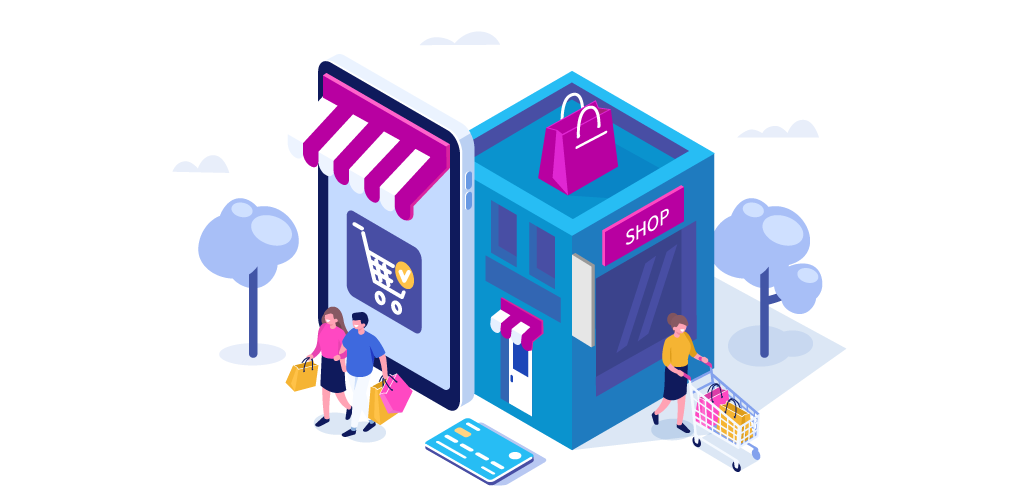
While we have evolved into a digital environment to purchase, our natural instincts do still exist. We should consider traditional buying behaviors and the differences between in-person and digital, and adapt in order to keep the human connection with our employees, buyers, and partners to provide a successful customer journey.
Providing buyers with new purchasing environments comes with buyers developing different buying behaviors as well. As we mentioned, when going digital we lose some pretty important physical cues, so naturally, the consumer buying behavior changes as well. Additionally in the digital space buyers become overwhelmed and distracted with a rapid rate of information at their fingertips, it is literally a .00000025s click to the next storefront if dissatisfied or simply curious.
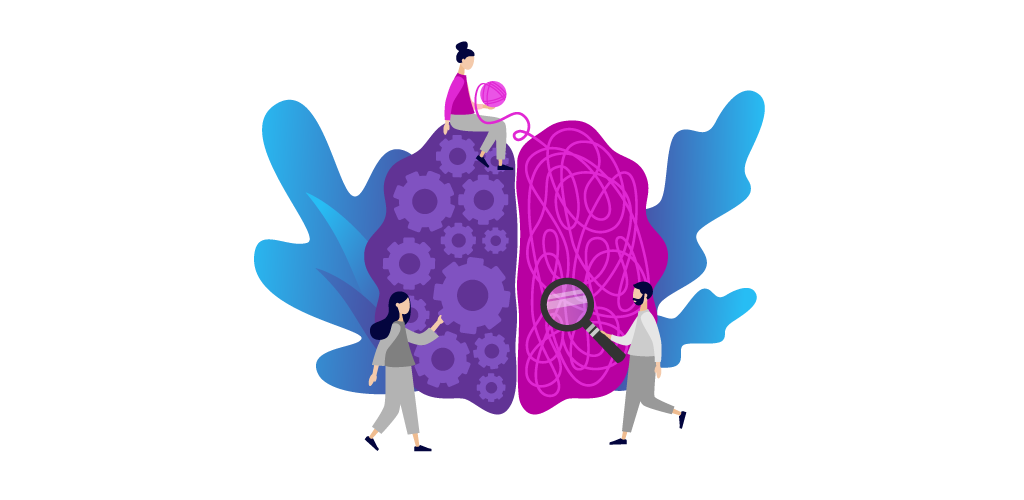
There are other factors to understand about your consumer and why they behave. These factors will have an influence on you as well and help you decide on how to position your brand.
Consumers today are often easily overwhelmed by the number of options online, however, research shows that even when in a digital space some of our natural buying behaviors come out. How to effectively influence your consumers amongst your competitors can be challenging and quite a feat in itself. So much that we wanted to share a full brand positioning guide here.
Once you compare your products/services to these consumer behaviors and begin to understand how consumers are naturally influenced you can then develop a successful strategy on how to communicate your brand and position yourself for success. The best practice for this is to utilize persuasion rather than manipulation. As digital marketing evolves, consumers have also become more aware of manipulative strategies and will become offended and choose not to interact if they feel they are being manipulated. We believe the best way to remain successful in the space is to focus on how to express your products/services in a genuine and authentic way that will provide confidence within the brand that will reflect in your consumers.
Manipulation can feel like an easier strategy and may provide short-term success, but true persuasion in an authentic brand will provide long-term benefits. The truth is with so many options available to online shoppers the only way to withstand the competition is to remain authentic to yourself. The top reason consumers stick with a brand and make it through the purchase funnel is largely based on trust. This is why it is essential to understand these psychologies and build a strong brand presence with confidence that helps to build trust with your consumers.
Building a brand online relies solely on visuals on screen (words, images, video) with minimal physical cues. How to develop these visuals will rely on brand psychology as well. As you gain an understanding of online consumer behaviors, you can start to communicate your brand more effectively visually to influence these behaviors.
Want to keep learning about brand psychology? Stay tuned for more articles in this series!
Not sure where to start with building or improving your digital brand? Solution Agency can help. Connect with our team today to get started.